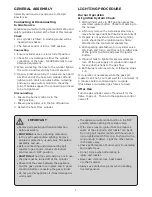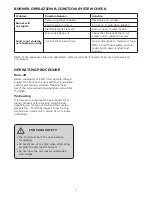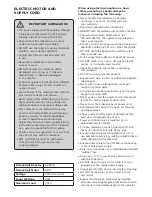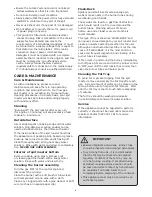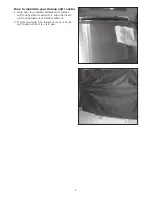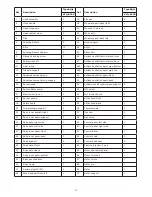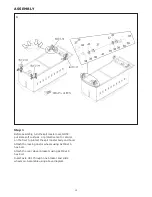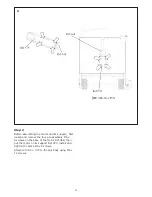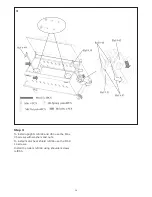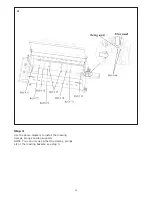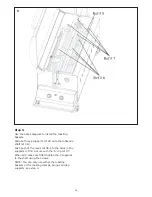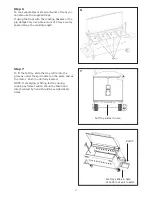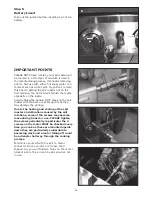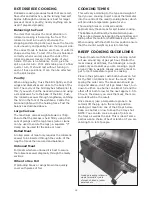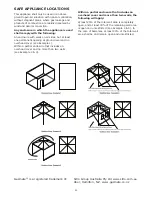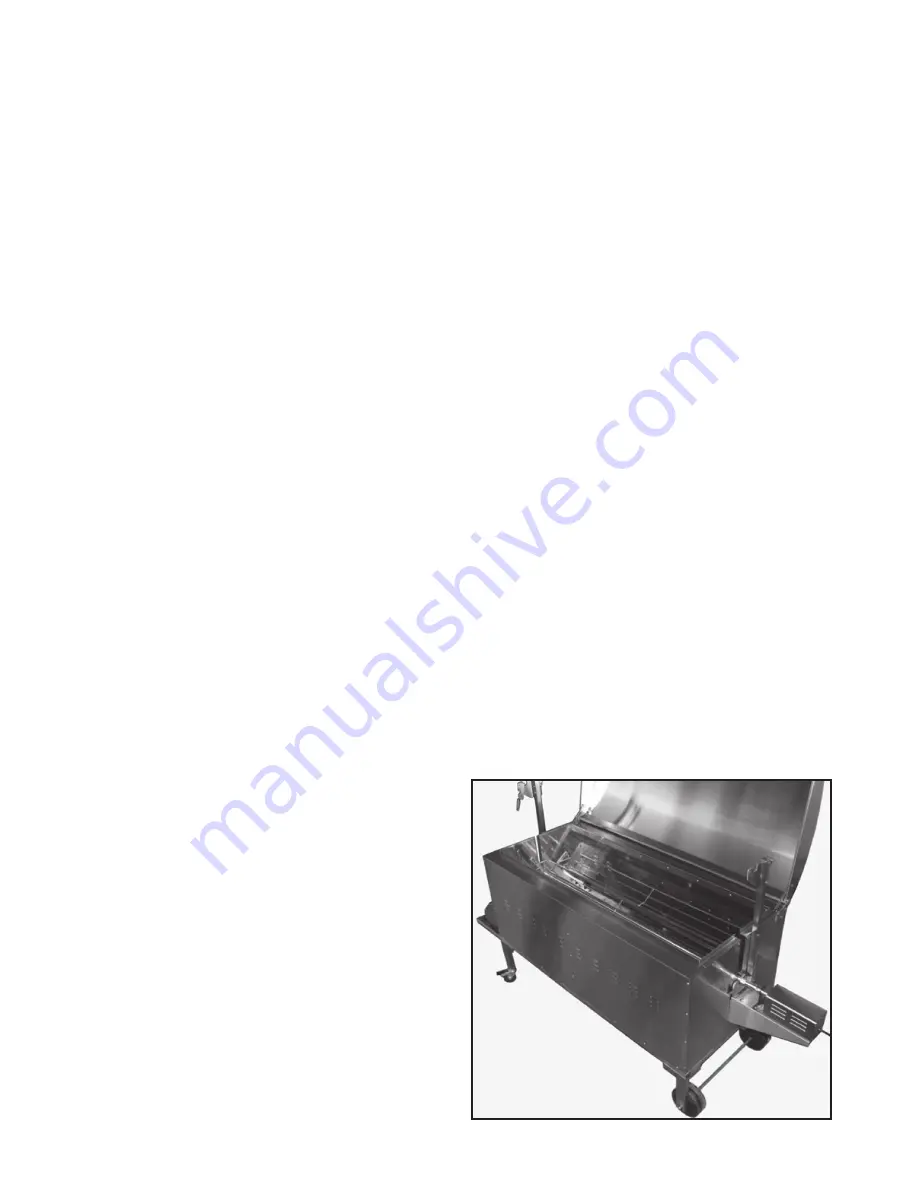
19
ROTISSERIE COOKING
Rotisserie cooking produces foods that are moist,
fl
avourful and attractive, as the turning food self
bastes. Although the rotisserie is best for larger
pieces of meat or poultry, nearly anything can be
used if prepared properly.
Balancing the Food
The item that requires the most attention in
rotisserie cooking is balancing the food. The
rotisserie must turn evenly otherwise the
stopping and starting action will cause the food to
cook unevenly and possibly burn the heavier side.
The easiest foods to balance are those of uniform
shape and texture. To test if the food is balanced
correctly when secured, place the ends of the
rotisserie skewer loosely in the palms of your
hands. If there is no tendency to roll, give the
spit a quarter turn. If it’s still stable give it a
fi
nal
quarter turn. It should rest without turning in
each of these positions. It can then be attached
to the spit roaster.
Poultry
When using poultry, truss the birds tightly so that
wings and drumsticks are close to the body of the
bird. The cavity of the bird maybe stuffed prior to
this if you wish. Pull the neck skin down and using
a small skewer
fix
to the back of the bird. Push
the rotisserie skewer through lengthwise, catching
the bird in the fork of the wishbone. Centre the
bird and tighten with the holding forks. Test the
balance as described above.
Large Carcass
The maximum carcass weight allowed is 70Kg.
Ensure that the carcass is held
firmly
using both
sets of prongs and the leg braces (wire or twine
can be used to secure the legs). A separate “U”
clamp can be used for the spine or neck.
Rolled Meat
A rolled piece of meat only requires the rotisserie
skewer to be inserted through the centre of the
length of meat then secured and balanced.
Unboned Meat
For meats which are unboned it is best to secure
the rotisserie skewer diagonally through the meaty
sections.
When to Use Foil
If protuding bones or wings brown too quickly
cover with pieces of foil.
COOKING TIMES
This will vary according to the type and weight of
food you are cooking. Insert a meat thermometer
into the centre of the meat (avoiding bone) which
will provide a temperature guide for you.
The cooking times on a rotisserie will be
approximately the same as for spit roaster cooking.
The Rotisserie shaft must be horizontal during use.
This can be achieved by loosening the wing screw and
sliding either the motor or shaft brackets up or down.
When cooking with the shaft in a low position ensure
that the counter weight is clear to rotate fully.
BRIEF COOKING GUIDELINES
The spit roaster with both burners running on full
will use around 1kg of gas per hour. Monitor the
meat closely at all times, the following is a rough
guide only and assumes you are cooking a pig of
around 70kg in weight. Ideally allow the meat to
get to room temperature prior to cooking.
Place in the spit roaster with both burners on full
for the
first
30-40mins to ‘sear’ the meat, that’s
sealing the outer skin. The meat skin should go
crisp and darken, don’t let it go black! Next, turn
down to either: one burner on almost full and the
other off or both to low for the next approx 4.5 to
5 hours, the slower you cook the meat, the more
succulent will be the result.
Once cooked, (use a temperature probe to be
certain) lift the pig up to the carving position
placing cut meat into one of the 4 trays below.
Keep one burner on low to keep the 4 trays hot.
NOTE: You can also cook a couple of joints on
the trays as well as the spit. This is ideal if some
parties want a choice of beef or lamb or if you are
catering for a lot of people.
Included roasting rotisserie
cradle for smaller joints
of meat, chickens, jacket
potatoes etc
Summary of Contents for GSB300
Page 10: ...10 EXPLODED DIAGRAM ...

